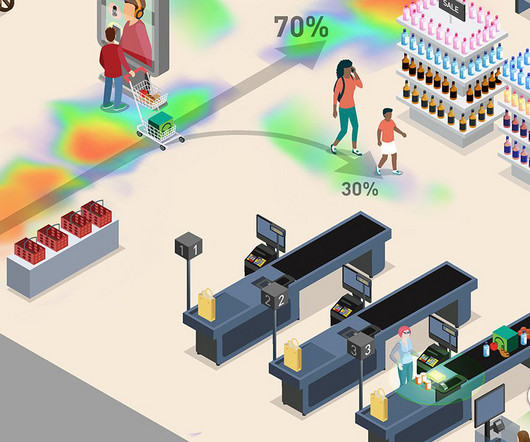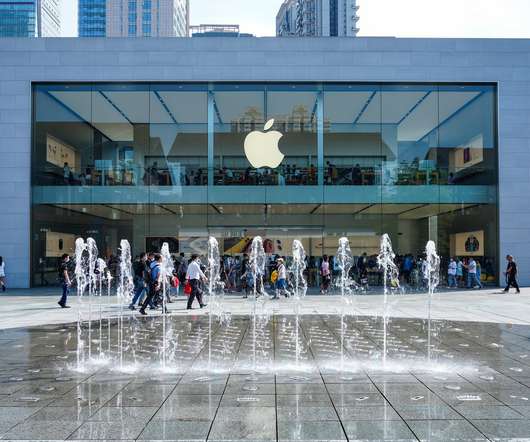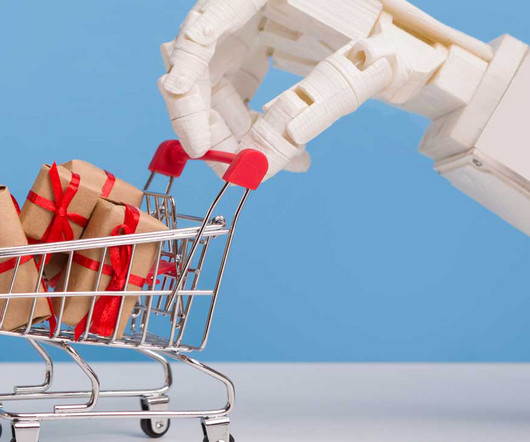AI Isn’t Going Anywhere: How Retailers Plan to Deploy the Tech in 2024
Retail TouchPoints
JANUARY 15, 2024
Among the current top use cases for AI in retail are: Store analytics and insights; Personalized customer recommendations; Adaptive advertising, promotions and pricing; Stockout and inventory management; and Conversational AI. But many of these tasks may just represent the low-hanging AI fruit.












Let's personalize your content